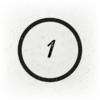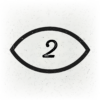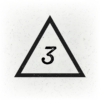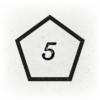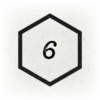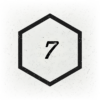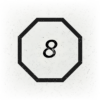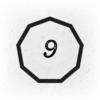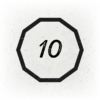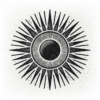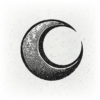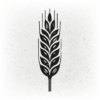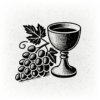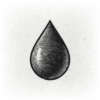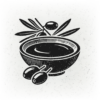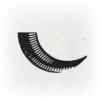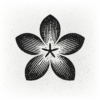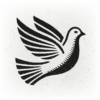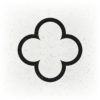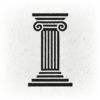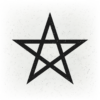Dove
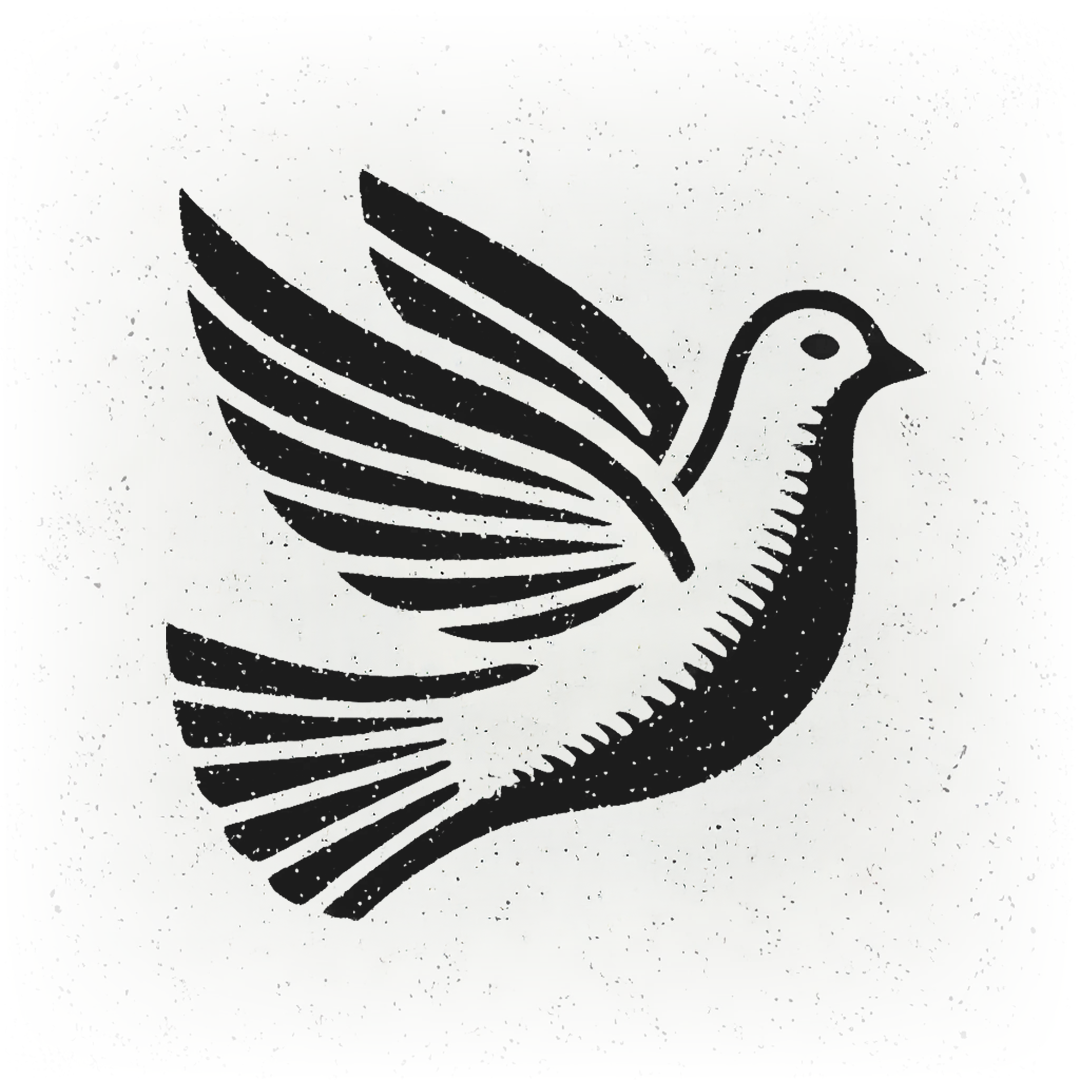
The Spirit of God
“And Jesus, when he was baptized, went up straightway out of the water: and, lo, the heavens were opened unto him, and he saw the Spirit of God descending like a dove, and lighting upon him:”
Matt. 3:16, 1 Ne. 11:27, D&C 93:15
“There is strong evidence in the Hebrew Bible, as well as the archaeological record, that many ancient Israelites believed the goddess Asherah was the consort of their god Yahweh. Perhaps it is not so surprising, then, that the heirs of this Israelite religion incorporated the “feminine” symbol of the dove to represent the spirit of God (the word for “spirit,” ruach, is a feminine word in Hebrew). The Babylonian Talmud likens the hovering of God’s spirit in Genesis 1:2 to the hovering of a dove. Indeed, this same “hovering” language is used to describe God’s spirit in the Dead Sea Scrolls as well as the New Testament.”
https://web.archive.org/web/20250209231041/https://www.biblicalarchaeology.org/daily/ancient-cultures/daily-life-and-practice/the-enduring-symbolism-of-doves/
Peace and renewal
“Also he sent forth a dove from him, to see if the waters were abated from off the face of the ground; But the dove found no rest for the sole of her foot, and she returned unto him into the ark, for the waters were on the face of the whole earth: then he put forth his hand, and took her, and pulled her in unto him into the ark. And he stayed yet other seven days; and again he sent forth the dove out of the ark; And the dove came in to him in the evening; and, lo, in her mouth was an olive leaf pluckt off: so Noah knew that the waters were abated from off the earth. And he stayed yet other seven days; and sent forth the dove; which returned not again unto him any more.”
Genesis 8:8–12
Innocence and purity
“Behold, I send you forth as sheep in the midst of wolves: be ye therefore wise as serpents, and harmless as doves.”
Matthew 10:16
Feminine Deity
“In the Ancient Near East, the dove was a symbol of a female deity of love and fecundity: Ishtar, Astarte, Tanit, Anat, ‘Ata, and Atargis. […] In ancient Levant, doves were sacred to all great Mothers and Queens, and of Heaven, the mother of all, who nourished the earth. “In the heavens I take my place and send rain, on the earth I take my place and cause the green to spring forth.” From Mesopotamia to the Greco-Roman world, the Great Mother was seen as the symbol of fertility, the renewal of life for both man and the fruits of the earth. Babylon was the city of the dove. There, the goddess Semiramis was symbolized as a dove … the form she was supposed to have assumed on leaving the earth. […] In Christian lore and tradition (4), the dove is usually the symbol of the Holy Spirit or “heavenly messenger,” particularly found in portrayals of the Annunciation of the Virgin Mary. […]”
https://web.archive.org/web/20160326153030/http://www.christusrex.org/www1/ofm/mag/MAen9905.html
Sin offerings
“And if he be not able to bring a lamb, then he shall bring for his trespass, which he hath committed, two turtledoves, or two young pigeons, unto the Lord; one for a sin offering, and the other for a burnt offering.”
Leviticus 5:7
Purification offerings
“And when the days of her purifying are fulfilled, for a son, or for a daughter, she shall bring a lamb of the first year for a burnt offering, and a young pigeon, or a turtledove, for a sin offering, unto the door of the tabernacle of the congregation, unto the priest: Who shall offer it before the Lord, and make an atonement for her; and she shall be cleansed from the issue of her blood. This is the law for her that hath born a male or a female. And if she be not able to bring a lamb, then she shall bring two turtles, or two young pigeons; the one for the burnt offering, and the other for a sin offering: and the priest shall make an atonement for her, and she shall be clean.”
Leviticus 12:6–8
“And when the days of her purification according to the law of Moses were accomplished, they brought him to Jerusalem, to present him to the Lord; (As it is written in the law of the Lord, Every male that openeth the womb shall be called holy to the Lord;) And to offer a sacrifice according to that which is said in the law of the Lord, A pair of turtledoves, or two young pigeons.”
Luke 2:22–24
